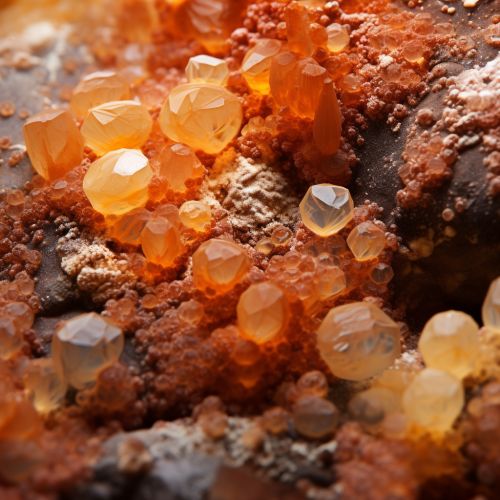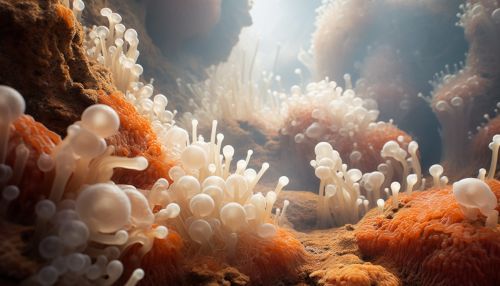Microbial Biodegradation
Introduction
Microbial biodegradation is the use of microorganisms to break down, or degrade, organic matter. This process is essential for the recycling of organic material in the environment and plays a crucial role in the global carbon cycle. The process of microbial biodegradation involves complex biochemical reactions that are carried out by a diverse range of microorganisms, including bacteria, fungi, and algae.
Mechanisms of Microbial Biodegradation
Microorganisms carry out biodegradation through a variety of mechanisms. These include the secretion of enzymes that break down complex organic molecules into simpler compounds that can be absorbed and used by the microorganism. Some microorganisms are also capable of carrying out biodegradation through direct contact with the material, using specialized structures known as biofilms.


Factors Influencing Microbial Biodegradation
Several factors influence the rate and extent of microbial biodegradation. These include the type of microorganism, the nature of the organic material, and environmental conditions such as temperature, pH, and the presence of oxygen. For example, some microorganisms are more effective at degrading certain types of organic material, while others are more versatile and can degrade a wide range of substances.
Applications of Microbial Biodegradation
Microbial biodegradation has a wide range of applications in various fields. In environmental remediation, for example, microorganisms are used to degrade pollutants in contaminated soil or water. In the waste management industry, microbial biodegradation is used to break down organic waste in landfills and composting facilities. In the food and beverage industry, microorganisms are used to degrade organic compounds during the fermentation process.
Challenges and Future Directions
Despite its many applications, there are still many challenges associated with microbial biodegradation. One of the main challenges is the difficulty of controlling the process in a predictable and efficient manner. This is due to the complex nature of the microbial communities involved and the many factors that influence their activity. Future research in this field is likely to focus on developing more effective methods for controlling microbial biodegradation and expanding its range of applications.
